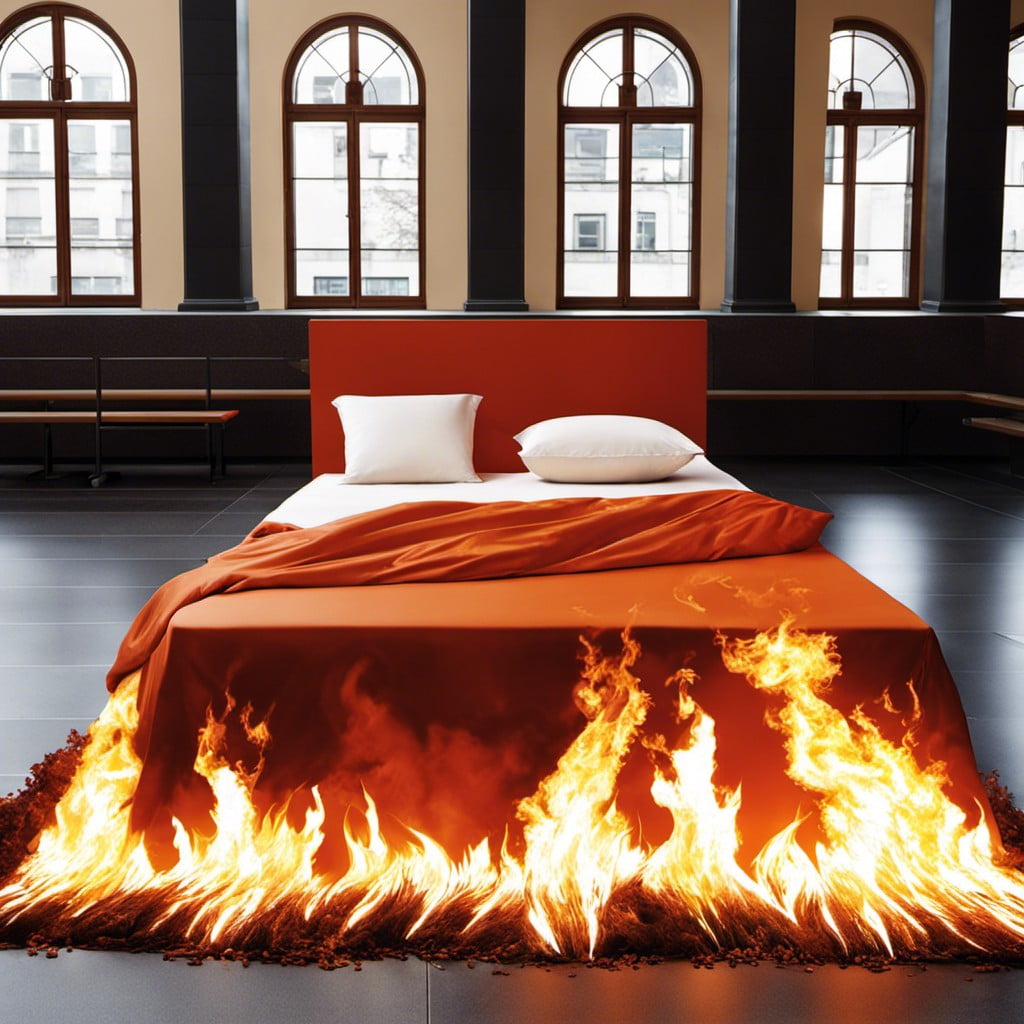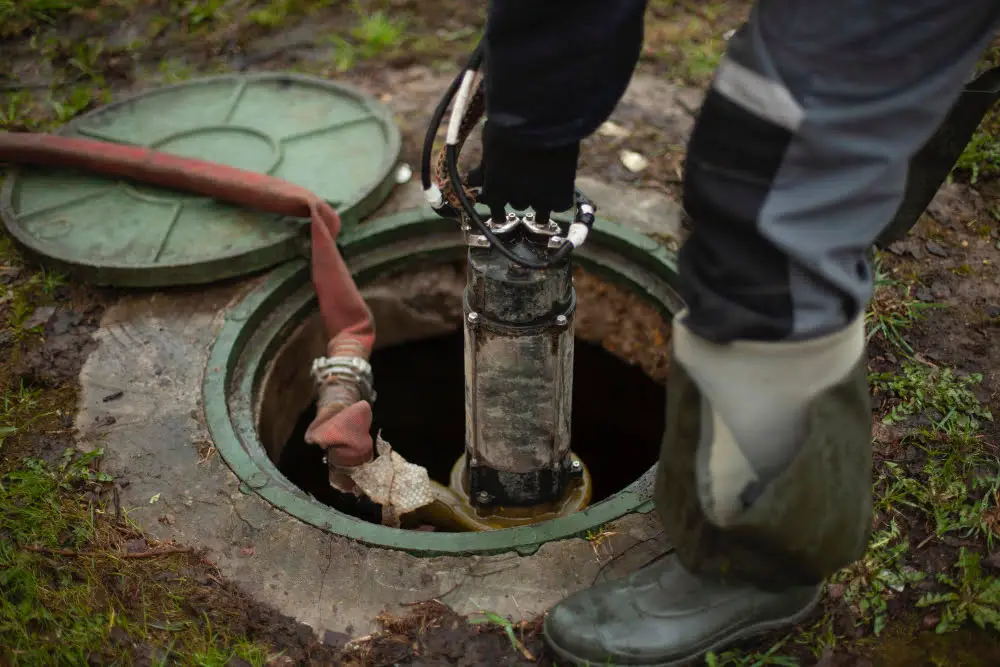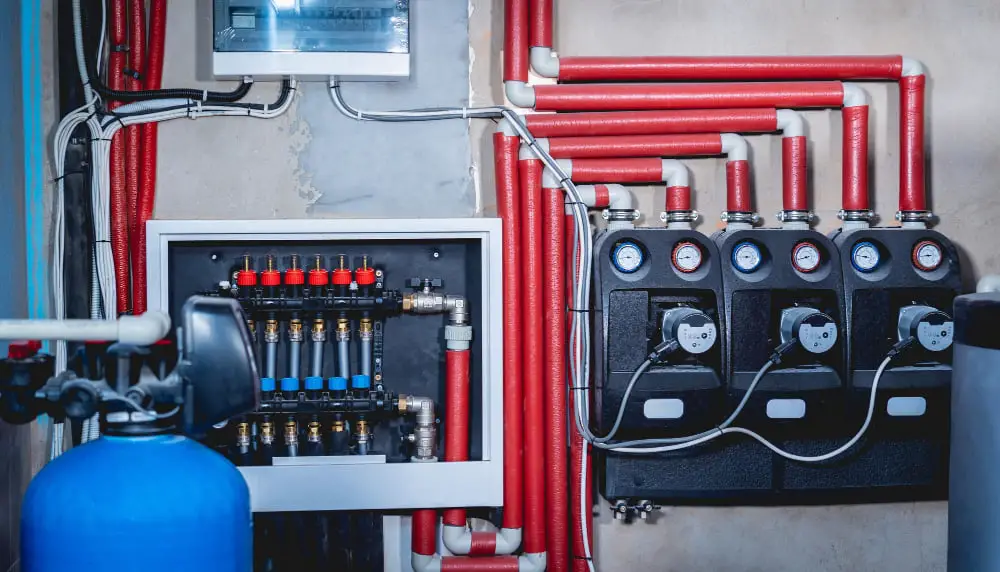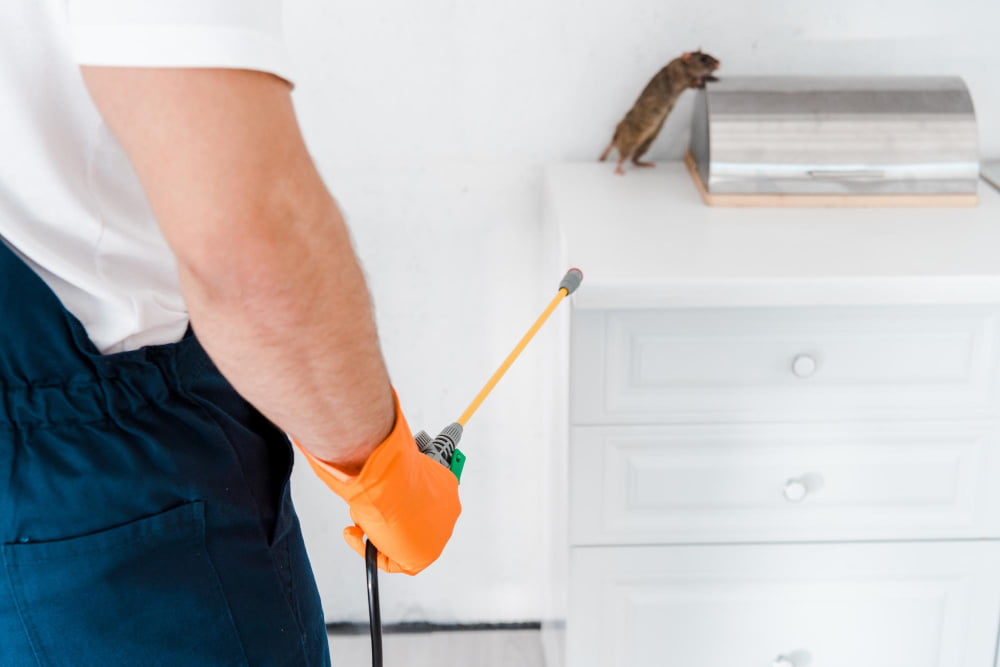Last updated on
Ensuring the safety of public spaces takes precedence because fire-resistant bedding, specifically Crib 5, is a resourceful measure that can drastically reduce the risks associated with unexpected fires.
Crib 5, also known as Ignition Source 5, is a high safety standard for bedding materials and upholstery in public spaces. It refers to the fire resistance level a fabric must possess to comply with the UK’s stringent fire safety regulations.
This ensures that furnishings in areas with significant public footfall, such as hotels, schools, and hospitals, slow the spread of a fire, buying crucial extra time for evacuation.
In the following sections, we’ll dive deeper into the Crib 5 standard, why it’s crucial for public spaces, how it’s tested, and ways to ensure your establishment is compliant with this regulation.
Let’s delve into the fiery world of Crib 5 and fire-resistant bedding.
Key takeaways:
- Crib 5 is a high safety standard for fire-resistant bedding.
- Crib 5 slows down the spread of fire in public spaces.
- Fire-resistant bedding is essential for accident prevention and public safety guidelines.
- Fire-resistant bedding mitigates risk and reduces liability for property managers.
- Understanding compliance parameters and industry jargon is crucial for purchasing fire-retardant furniture.
Understanding the Basics of Crib 5

Diving into the specifics, the term Crib 5 is quite prevalent in the UK and refers to a specific fire safety standard for furnishings.
Centred upon ignition resistance of materials used in medium hazard conditions where public spaces are involved – think hotels, hospitals, schools – this standard refers to the resilience of textiles against a wooden crib or frame, hence the name ‘Crib 5‘.
To pass this test, the textile in question should not ignite or should self-extinguish before causing damage to a foam layer underneath.
Subsequently, by ensuring that furnishings meet the ‘Crib 5‘ specifications, public areas are significantly safer, as fire risks are considerably reduced.
Most importantly, your choice in bedding or furniture does not have to compromise aesthetics for safety, with many stylish, contemporary designs adhering to this exacting fire safety standard.
Importance of Fire-Resistant Bedding in Public Spaces
Fire-resistant bedding is not only an essential safety measure but also a legal requirement in many public spaces. Here are a few core reasons and concepts that make them critical:
1. Accident Prevention: Fires can break out unexpectedly due to various causes. Fire-resistant bedding can greatly slow down the spread, providing crucial extra time for evacuation and emergency response.
2. Public Safety Guidelines: Many regions have strict regulations about fire safety in public accommodations including hotels, B&Bs, and nursing homes. Using certified fire-resistant bedding can help establishments meet these requirements.
3. Risk Mitigation: For property managers, fire-resistant bedding can play a key role in reducing potential liabilities and major replacement or repair costs following a fire incident.
4. Presence of Highly-Flammable Materials: Bedding materials can often be highly flammable. Using fire-resistant variants significantly lowers potential fire risks.
Understanding these points can help convey the importance of fire-resistant bedding in maintaining the safety and well-being of occupants in public spaces. Key for anyone responsible for such spaces is to ensure that such critical safety measures are never compromised.
Compliance Parameters and Industry Jargon Explained
To fully grasp the concept of compliance parameters within the bedding industry, it’s essential to get familiar with a few industry terms. Firstly, ‘flame retardant‘ refers to materials that have been treated to resist catching fire. They provide an essential barrier against ignition, acting to either suppress or delay the spreading of flames.
Onwards to ‘Crib 5,’ a term that is a classification rating within BS 5852. BS 5852 is the British Standards specification for fire resistance of upholstered furniture. ‘Crib 5’ is the specific ignition source for this standard and corresponds to a higher resistance level suitable for environments such as hotels or nursing homes.
Furthermore, the term ‘FR‘ is a common abbreviation for fire resistant, often signalling that a product has undergone specific treatment or is made from inherently fire-resistant materials. Lastly, ‘LOI’ or ‘Limited Oxygen Index’ gets thrown around quite often. It indicates the minimum concentration of oxygen that will support a material’s combustion. Understanding these terms should help navigate the world of fire-resistant bedding with ease!
The Critical Role of Fire-Retardant Textiles in Bedding

Fire-retardant textiles play a crucial role in ensuring the safety and compliance of bedding material, particularly in public settings. These types of fabrics undergo thorough treatments or are designed in ways to hinder the direct spread of fire, affording users vital escape time in the event of an emergency.
Informative points about these textiles:
- Impede Fire Spread: High-quality fire-retardant textiles can slow down the progression of the flames, providing more time for inhabitants to leave the room safely.
- Dissipate Heat: These materials absorb less heat than traditional fibers. By dissuading excessive heat buildup, they provide an additional barrier against the ignition of nearby objects.
- Stricter Regulations: For public spaces, regulations require bedding to be furnished with fire-resistant textiles. This highlights their importance in ensuring safety compliance.
- Long-Lasting: Despite their specialized features, fire-retardant textiles are durable and can withstand everyday wear and tear, making them a smart investment for comfort and security.
Understanding these fundamentals will prove beneficial in making informed choices regarding fire-resistant bedding.
Key Considerations When Purchasing Fire Retardant Furniture
Consider the Material: Check whether it’s inherently fire-resistant or treated with fire retardants. Inherently fire-resistant materials, such as wool and modacrylic, have a higher resistance to ignition.
Check the Certification: Look for the Crib 5 label. This signifies that the furniture matches the UK safety standards for fire resistance in hotels, bars, and other public spaces.
Examine the Testing Methods: Furniture must pass several tests to get the Crib 5 certification. Specific standards include the BS 5852:2006 which outlines the methods for testing resistance to ignition of upholstered composites for seating.
Review the Maintenance Requirements: After prolonged use, some treated furniture may lose its fire resistance. Find out how often the fire retardant treatment should be renewed.
Research the Supplier: Choose suppliers known for quality. Always remember that safety should not be compromised for aesthetics. So, prioritize function over form.
Remember, choosing fire retardant furniture not only provides safety but also ensures compliance with the required regulations for public spaces. Do your homework and make an informed decision.
Recap




